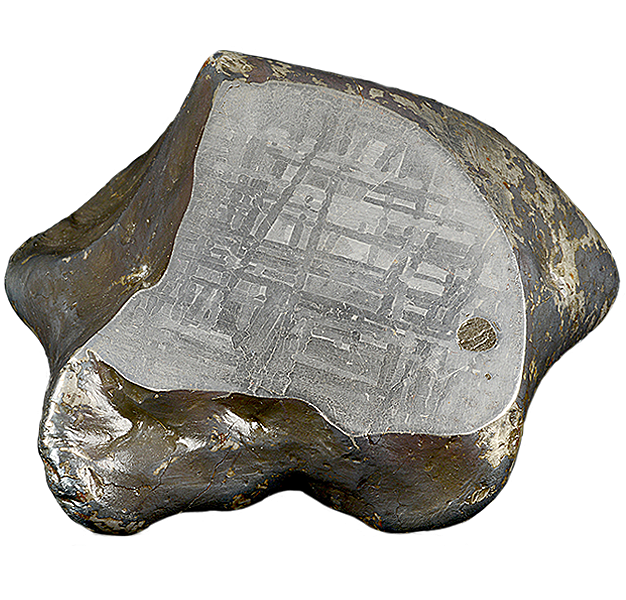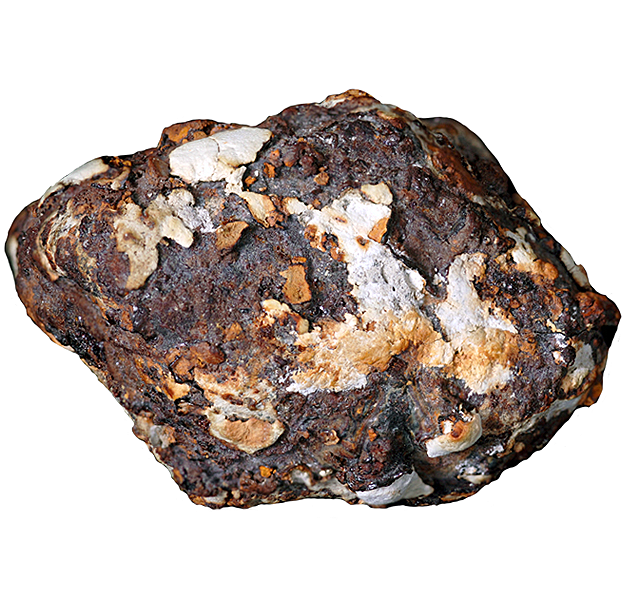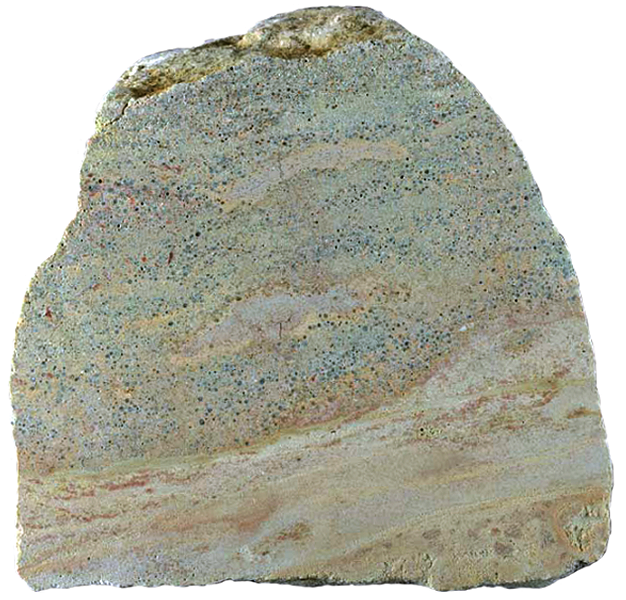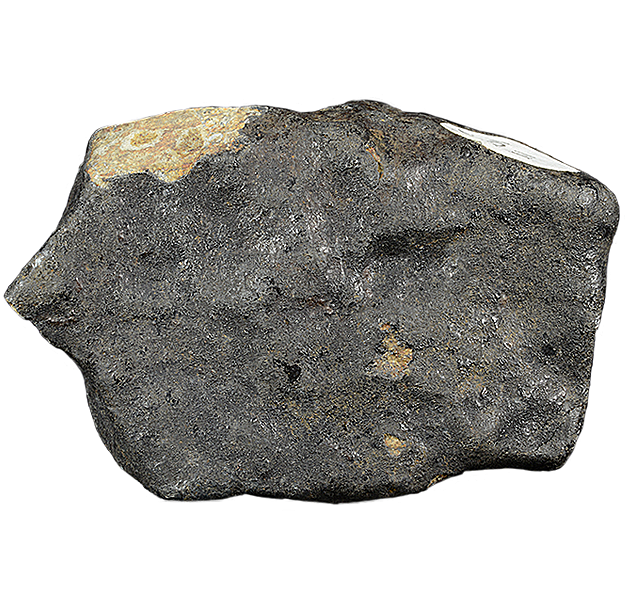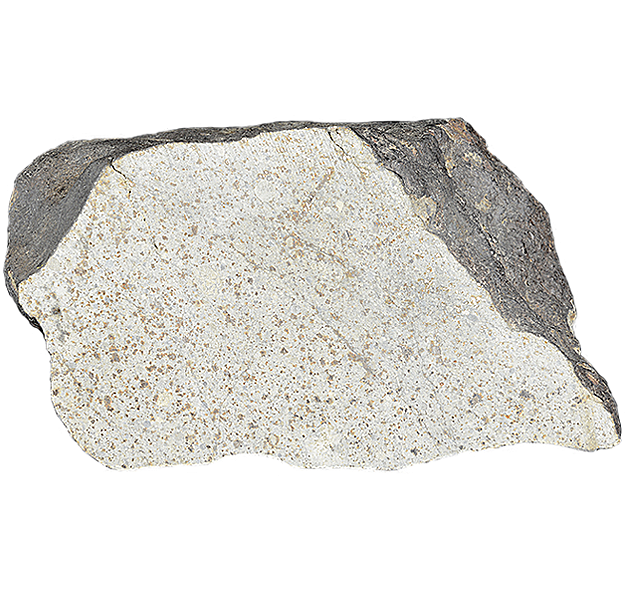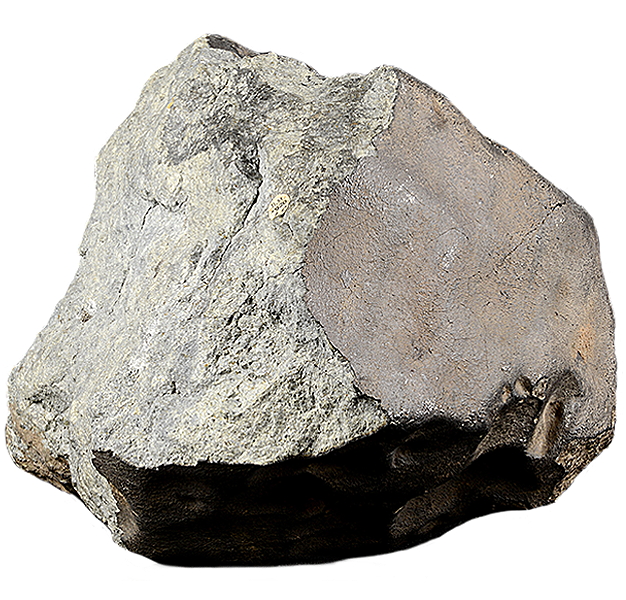
Fact sheet
The Appley Bridge meteorite fell on 13th October 1914. Local residents saw the night sky illuminated and the following day the 15 kg meteorite was found in a farmers field (almost half a metre down). It is an ordinary chondrite. Appley Bridge is in Lancashire, England.
The Appley Bridge meteorite is classified as an LL6 meaning it has a low iron content (5-10%) and indistinct chondrules. The chondrules are so indistinct that they are difficult to see. Look in PPL to see crystals of pyroxene (rotation 1) and olivine (rotation 2). View in reflected light to see a few grains of metallic iron (silvery grey in colour) and many more grains of the golden yellow sulphide mineral troilite.
See also:
http://www.bimsociety.org/index.php
http://www.lpi.usra.edu/meteor/metbull.php?code=2318
Specimen: BM1920,40
Thin section: P4563
This Collection consists of meteorites that have fallen in Great Britain and Ireland and which are now preserved in museum collections. We have also included samples of the two known meteorite impact deposits in the UK.
The Natural History Museum in London offers more information about meteorites and meteorite categories; there is more information about its meteorite collections here.

